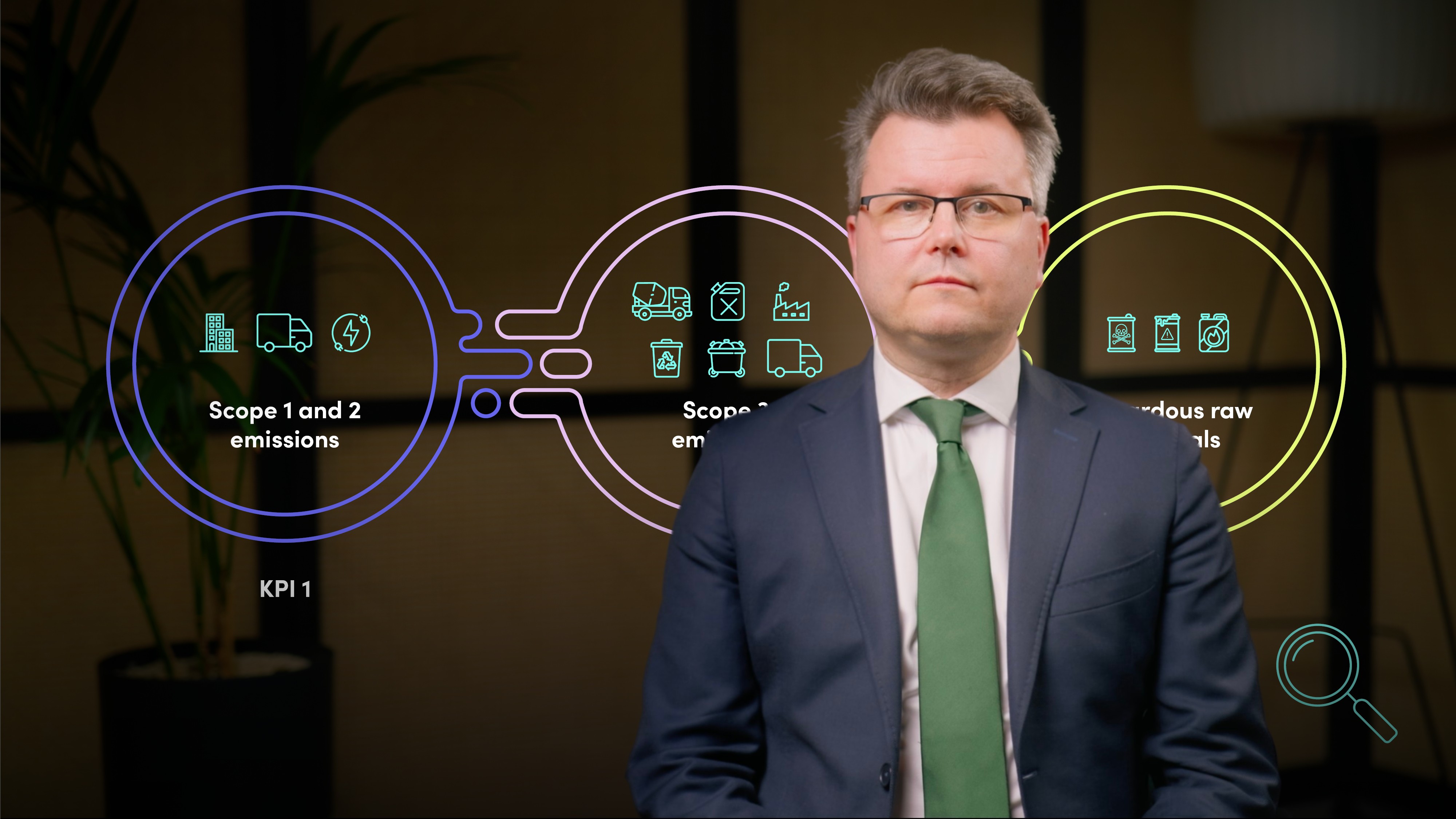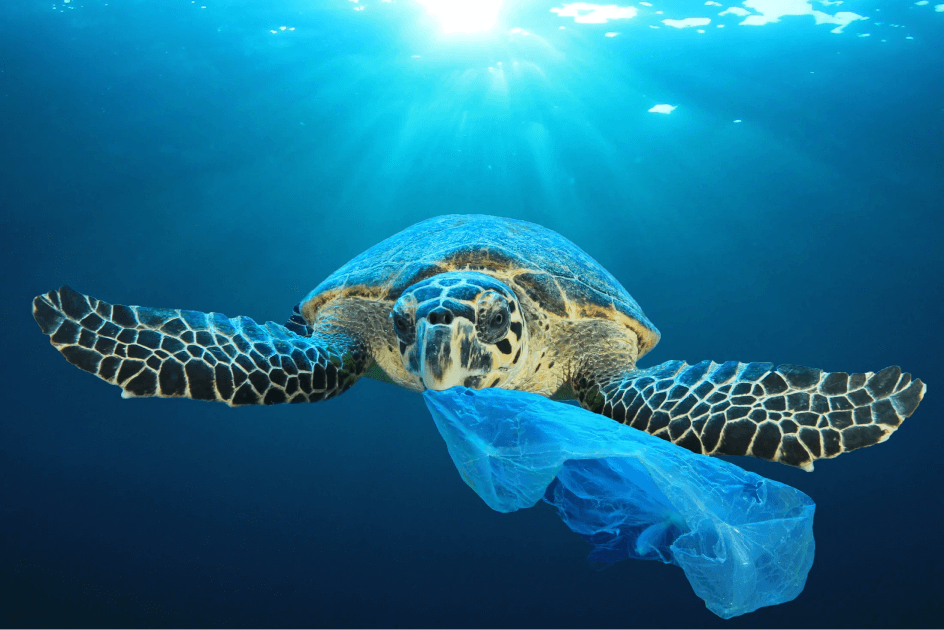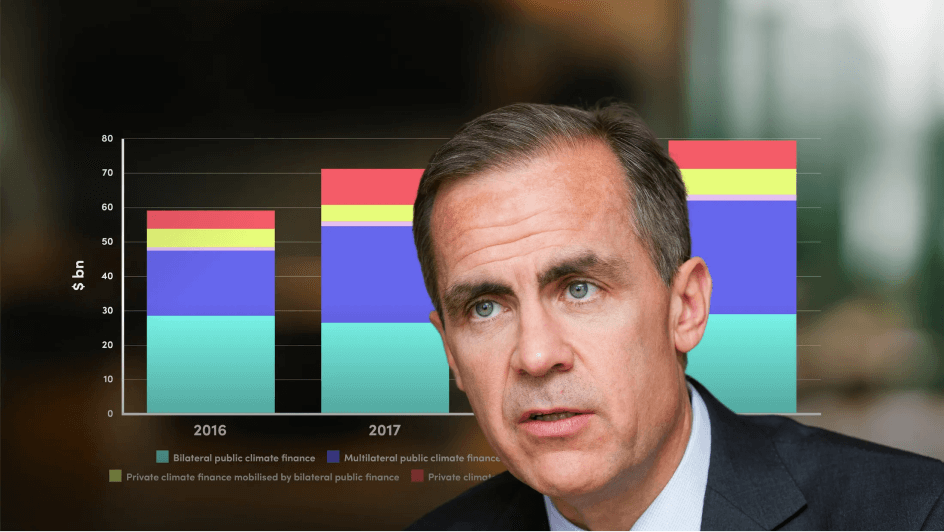
Sustainable Finance Products in Danske Bank LC&I

Samu Slotte
In this video, Samu Slotte introduces the concept of sustainable finance, detailing how it supports economic growth while minimising negative impacts on environmental, social, and governance (ESG) factors. He covers the important distinction to be made between non-labelled and labelled debt instruments, including use-of-proceeds and sustainability-linked products. He also addresses the risks of greenwashing and highlights Danske Bank’s role in promoting sustainable finance products.
In this video, Samu Slotte introduces the concept of sustainable finance, detailing how it supports economic growth while minimising negative impacts on environmental, social, and governance (ESG) factors. He covers the important distinction to be made between non-labelled and labelled debt instruments, including use-of-proceeds and sustainability-linked products. He also addresses the risks of greenwashing and highlights Danske Bank’s role in promoting sustainable finance products.
Subscribe to watch
Access this and all of the content on our platform by signing up for a 7-day free trial.

Sustainable Finance Products in Danske Bank LC&I
14 mins 26 secs
Key learning objectives:
Understand the concept of sustainable finance and its importance in promoting positive ESG impacts
Outline the differences between non-labelled and labelled debt instruments, and the specific features of use-of-proceeds and sustainability-linked products
Understand the risks of greenwashing in sustainable finance and the measures to mitigate these risks
Understand Danske Bank's role and initiatives in supporting and promoting sustainable finance products
Overview:
Sustainable finance is a critical tool for fostering economic growth while addressing environmental, social, and governance (ESG) concerns. It is crucial to understand that any financing can be sustainable if it supports positive ESG impacts. By understanding the principles, categories and practices of sustainable finance, stakeholders can contribute to a more sustainable future while achieving economic growth.
Subscribe to watch
Access this and all of the content on our platform by signing up for a 7-day free trial.
Subscribe to watch
Access this and all of the content on our platform by signing up for a 7-day free trial.

Samu Slotte
There are no available Videos from "Samu Slotte"





























